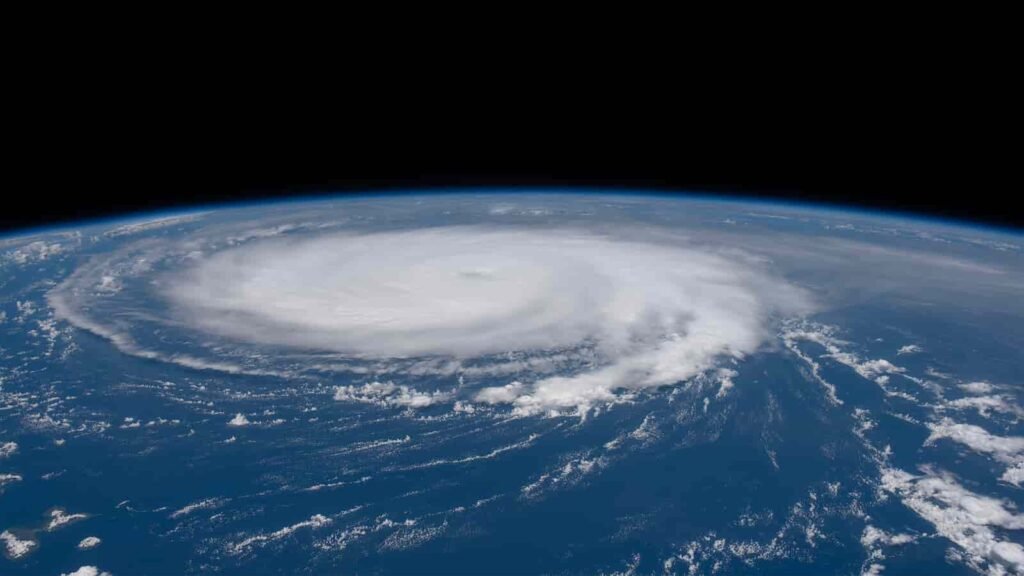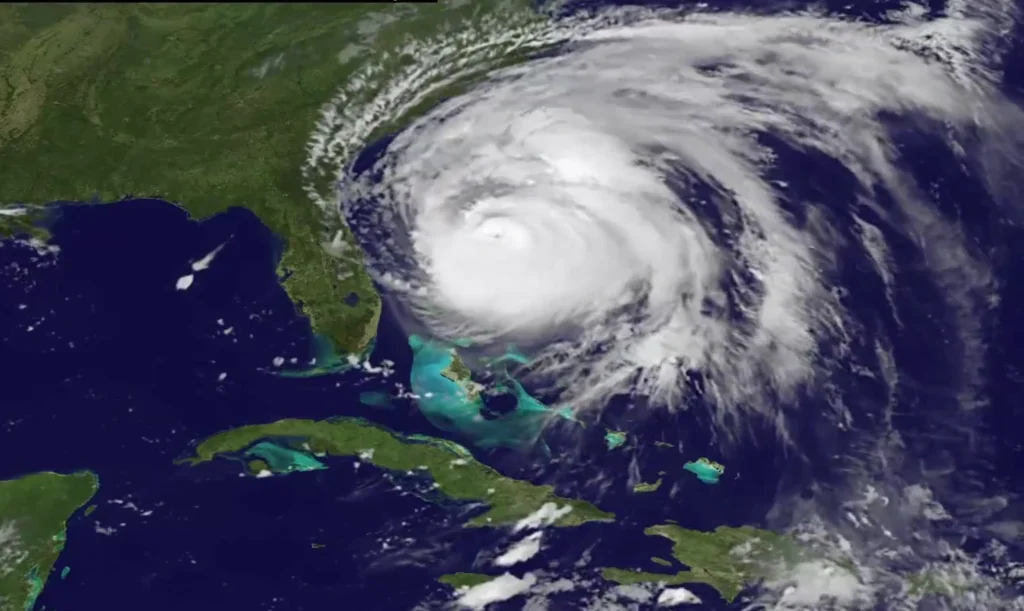Hurricane Joyce is making headlines as one of the most dangerous and fast-moving storms of the season. With powerful winds, heavy rainfall, and widespread flooding, the storm has already left thousands without power and caused serious damage in multiple regions. From the early warnings to the current impact and what to expect next, here’s everything you need to know about Hurricane Joyce.
What is Hurricane Joyce?

Hurricane Joyce is a powerful tropical cyclone that formed in the Atlantic Ocean. It began as a tropical depression but quickly gained strength, developing into a Category 3 hurricane within just a few days. According to meteorologists, Joyce is particularly dangerous due to its fast intensification and unpredictable path.
Winds have been recorded at speeds of over 120 mph, and the storm has brought more than 10 inches of rain to some areas, causing flash floods and dangerous conditions for anyone in its path.
When and Where Did Hurricane Joyce Form?
Joyce formed over the warm waters of the central Atlantic just over a week ago. It started as a low-pressure system but intensified rapidly due to favorable weather conditions—mainly warm sea surface temperatures and low wind shear.
Meteorologists at the National Hurricane Center first identified it on satellite images and issued early warnings. By the time it reached the southeastern coast of the U.S., it had become a strong hurricane with the potential to cause serious harm.
Areas Affected by Hurricane Joyce

So far, Hurricane Joyce has affected a wide range of locations:
- Florida: Coastal areas have seen major flooding, especially in low-lying towns. Miami, Tampa, and Jacksonville have experienced severe winds and power outages.
- Georgia and South Carolina: Heavy rainfall and flash flooding have been reported, along with downed trees and blocked roads.
- North Carolina and Virginia: These states are under a state of emergency, with National Guard troops deployed for assistance.
In many of these regions, storm surge—rising seawater caused by the hurricane’s pressure—has been a major concern, pushing water several feet above normal tide levels.
Government Response and Warnings
Governors in the affected states have declared emergencies to unlock federal resources. FEMA (Federal Emergency Management Agency) has been working closely with local authorities to provide support. Evacuation orders have been issued for areas most at risk, and emergency shelters have opened their doors to thousands of residents.
The National Weather Service has been providing constant updates, urging people to take warnings seriously. Officials continue to stress:
- Evacuate if you are in a mandatory zone
- Stay off the roads unless necessary
- Prepare for power outages and flooding
- Follow local news for updates
The Impact on People and Property
As of the latest reports, more than 2 million people are without power across several states. Roads are blocked with fallen trees and debris. Homes and businesses have been damaged, and in some places, entire neighborhoods are underwater.
Emergency teams are working nonstop to rescue those trapped by floods. In Florida, the Coast Guard used helicopters to lift families from rooftops. In Georgia, fire and rescue teams have been going door-to-door to check on residents.
There are already reports of injuries, and sadly, a few deaths have been confirmed. Officials have not released final numbers yet, as they continue to assess the situation.
What Residents Should Do Now
If you’re in an area affected by Hurricane Joyce, your safety should come first. Here are key steps you should take:
- Listen to local authorities and evacuate if told to do so.
- Stock up on essentials, including bottled water, canned food, flashlights, batteries, and first-aid supplies.
- Stay indoors during the storm—falling debris and flying glass can be deadly.
- Turn off gas and electricity if there’s a risk of flooding in your home.
- Check on neighbors, especially elderly or disabled individuals who may need help.
Emergency Shelters and Support Services
Several shelters have been set up in schools, community centers, and churches. These shelters offer basic supplies, medical assistance, and meals. Some even accept pets, but it’s best to call ahead.
To find the nearest shelter:
- Call the Red Cross at 1-800-RED-CROSS
- Visit your state’s emergency management website
- Tune in to local radio or TV broadcasts
FEMA has also activated its mobile app, where users can check the latest evacuation maps and request help.
Long-Term Recovery Plans
Even after the storm passes, the road to recovery will be long. FEMA and local governments are already planning for:
- Debris removal and road repairs
- Restoring electricity and clean water
- Rebuilding homes and businesses
- Financial aid for those who lost property or jobs
Insurance companies are also getting ready for a wave of claims. If you’ve suffered damage, it’s important to document everything and contact your provider as soon as possible.
Communities will likely need weeks, if not months, to fully recover from the effects of Hurricane Joyce.
How to Stay Safe During Future Hurricanes
The events surrounding Hurricane Joyce serve as a powerful reminder of the importance of being prepared. Here are some steps you can take before hurricane season:
- Create an emergency kit with enough supplies for 3–5 days
- Make an evacuation plan and share it with your family
- Sign up for alerts from the National Weather Service or local government
- Secure your home with storm shutters and reinforce your roof and doors
- Review your insurance to ensure you’re covered for flood and wind damage
Preparedness saves lives. Don’t wait for a storm to develop before taking action.
Final Thoughts on Hurricane Joyce
Hurricane Joyce has already changed thousands of lives. It has tested the strength of communities, the speed of emergency response, and the resilience of everyday people facing one of nature’s most dangerous forces.
As the storm continues its path, staying informed and safe is more important than ever. Whether you’re in the direct line of impact or supporting those who are, let this be a reminder that nature is powerful—but so are we when we work together.
Keep monitoring weather updates, follow official guidance, and lend a hand wherever you can.
If you found this article helpful, consider sharing it with others who might be affected by Hurricane Joyce. Your help could make a big difference in someone’s life.
Also Read – Adragon de Mello’s Groundbreaking Innovations: The Future of Tech is Here






